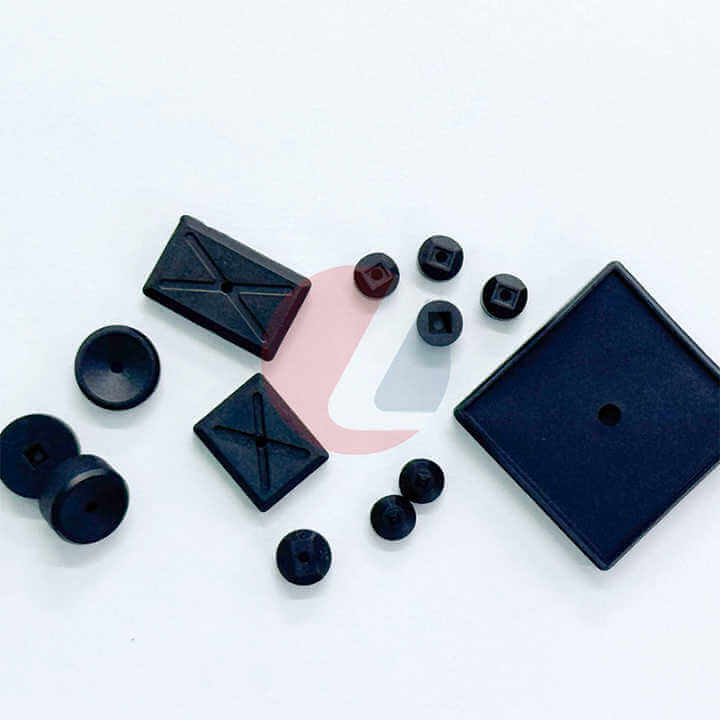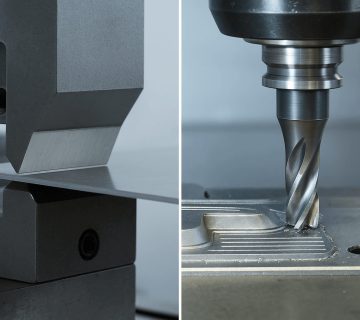Have you ever wondered how fragile semiconductor components are handled and placed with such precision during manufacturing? The answer lies in specialized tools like rubber tips. These tools play a crucial role in die bonding and die attach processes, ensuring delicate components are handled safely and accurately. Let’s explore what rubber tips are, how they work, and why they are essential in semiconductor manufacturing.
What Are Rubber Tips?
Rubber tips are small, specialized tools used in semiconductor manufacturing to handle and place dies (tiny semiconductor components) during die bonding and die attach processes. Made from high-quality rubber, these tips are gentle yet strong enough to securely pick up and position the dies without causing any damage.
The main purpose of rubber tips is to ensure that delicate dies are handled with care and placed precisely onto substrates or packages, reducing the risk of scratches, cracks, or misalignment during the manufacturing process.
Key Features of Rubber Tips
Rubber tips are designed with precision and functionality in mind, ensuring they meet the specific needs of semiconductor assembly.
Durable Material: Made from anti-static rubber to prevent contamination and ensure durability.
Precision Design: Crafted to fit a variety of die sizes and shapes, making them versatile for different applications.
Types of Tips:
- Flat Tips: Ideal for smooth, uniform surfaces to provide a secure grip.
- Customizable Tips: Designed for unique die shapes or specific manufacturing requirements.
These features make rubber tips a reliable choice for handling delicate semiconductor components with accuracy.
Applications of Rubber Tips in Die Bonding
Rubber tips are vital in semiconductor manufacturing, particularly for die bonding and die attach processes. Here’s how they are used:
- Accurate Die Placement: Rubber tips ensure precise positioning of dies on substrates or packages, preventing misalignment.
- Protecting Fragile Components: The soft rubber material gently grips the dies, minimizing the risk of scratches or cracks.
- Versatility in Handling: Rubber tips can handle a variety of die sizes and shapes, making them adaptable to different manufacturing needs.
By combining precision and protection, rubber tips help maintain the quality and efficiency of the die bonding process.
Benefits of Using Rubber Tips
Rubber tips offer several advantages that make them an indispensable tool in semiconductor assembly:
- Precision Handling: Their design ensures accurate placement of dies, improving manufacturing quality.
- Protection Against Damage: The soft rubber material prevents physical damage to fragile components.
- Versatility: Compatible with various die sizes and shapes, making them suitable for a range of applications.
- Enhanced Productivity: By reducing defects and errors, rubber tips help increase efficiency and yield in semiconductor production.
These benefits make rubber tips a key tool in achieving high-quality results in semiconductor manufacturing.
Why Rubber Tips Are Essential in Semiconductor Manufacturing
Semiconductor manufacturing demands extreme precision, and even the smallest imperfection can affect the performance of the final product. Rubber tips play a critical role by providing a safe, efficient way to handle delicate components. Their ability to protect and accurately position dies ensures the quality and reliability of the final products.
Conclusion
Rubber tips are more than just tools; they are essential for ensuring precision, safety, and efficiency in semiconductor manufacturing. By handling delicate dies with care and accuracy, they contribute significantly to maintaining high-quality standards. Whether for die bonding or die attach, rubber tips are indispensable for creating reliable and defect-free semiconductor products.


